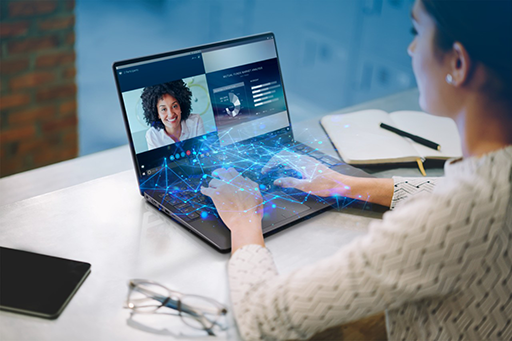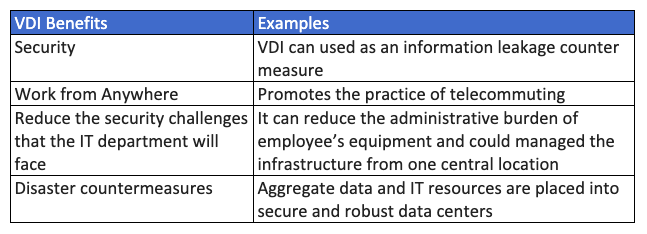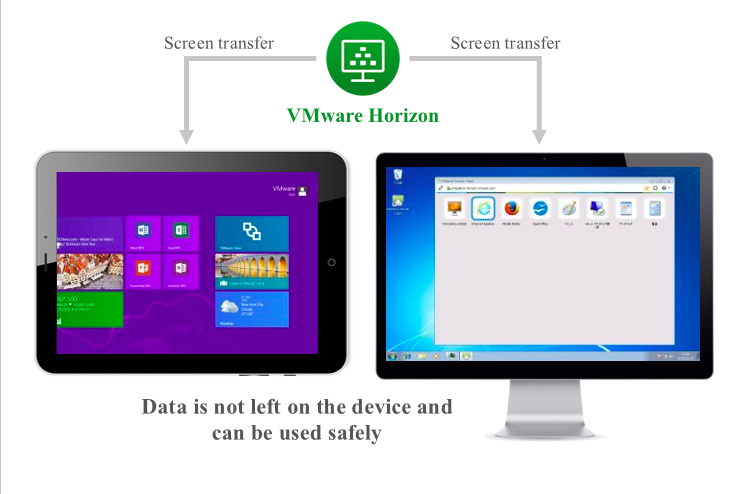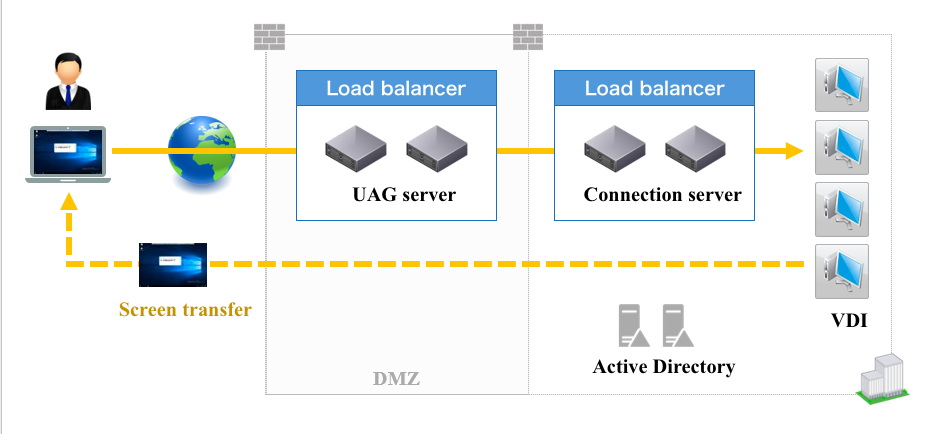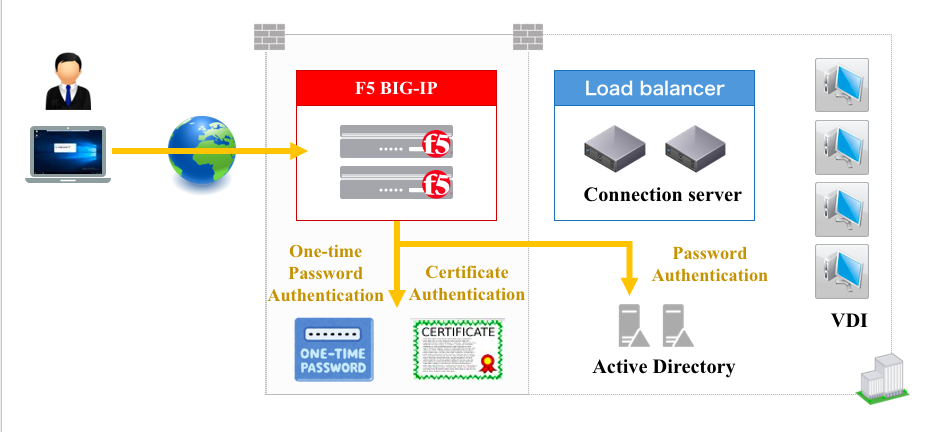The Organisation of Year One A.C (After Covid19)
Credit to : Koh Ching Lan
Head of EUC, Net One Asia Pte Ltd

The Age Of The New Normal
In this time of Post-COVID, many of us are thrusted into navigating the many changes that this pandemic has brought to the world. The challenges which the corporate organisations and businesses faced will no doubt evolved and their leadership roles will need to review the corporate responses that effectively address them.
Eventually, we will be entering into the period of After COVID (A.C.) How will your organisation look like during then? What we want to drive out of this event is the impetus to accelerate digitalisation of businesses and the way people work, in addition to how businesses will be conducted remotely and digitally.
Having IT to take the initial steps in respond to meet the demands of working from home during the lockdown period, is the norm during the beginning. Now, what will be your next steps to better support this new normal way of working (nWOW).
Perhaps a rethinking process is in place to review the what’s next question so to better prepare and emerge from this trial into a more digitalised organisation. It is going to start right now in your workspace!
Rethinking Remote Access
Working remotely means that your organisation’s IT needs to provide a remote connection to allow users access into your corporate internal resources. Sound simple enough and the most common approach which fits such requirement is to utilise virtual private networks (VPN). However, if this be your mainstay for remote access. There will be a need to rethink how to enhance if not maintain performance, manageability, and security posture.
Common challenges arises from just relying on full VPN for remote access:
- Network performance latency due to increase of VPN access connection consuming corporate network bandwidth.
- End User experiences degradation in situation of failed VPN connection due to latency, issue with VPN clients installed in End Point devices.
- Security control in relation to devices especially for external vendors who needs to access corporate resources that mainly are not managed by corporate IT. And difficulty in managing variant policies to control access.
Let’s make one thing clear
This is not to say that having full VPN for remote access is wrong, rather to imply that relying just on this method can limit your ability to respond adequately to service the new changes or demands as businesses evolved into a more digitalised environment.
Digital Innovation a need or want?
This new normal will not primarily occurs within the internal corporate network only. A significant portion will be from external as well as business applications and data that is increasingly resides out of organisation premises.
A rethink process is in order on how to unify a diverse need in terms of devices, variant types of applications, residency of data for collaboration and secure control of access from external internet traffic.
The time to innovate never bears such urgency to innovate the traditional work methods into a new workstyle.
VMware Workspace One – UAG Edge Multi-Services Hub
Unify at Proxy delivering multi-edge services
Proxy services in the DMZ that provides connections inside organisation trusted network is the de facto set-up. The importance of this services accentuates even further as more connections is coming from remote. Utilizing VMware Workspace One – UAG technology. This becomes your unified platform for multiple edge services to provide secure access to your corporate resources. Such approach unlocked the limitation in terms of siloed services and enables you to have the flexibility to provide multiple services at the proxy edge.
Net One Asia’s Work Style Innovation (WSI) practice looks at 3 key services capabilities to give you this “Edge” in providing the next normal access services.
We will cover more about this in our next blog post Organisation of Year One AC Part II.
Net One Asia Workspace as a Service is a intelligence driven digital workspace managed service platform that simply and securely delivers and manages any application and desktop on any device by integrating access control, application management, and multi-platform endpoint management.


